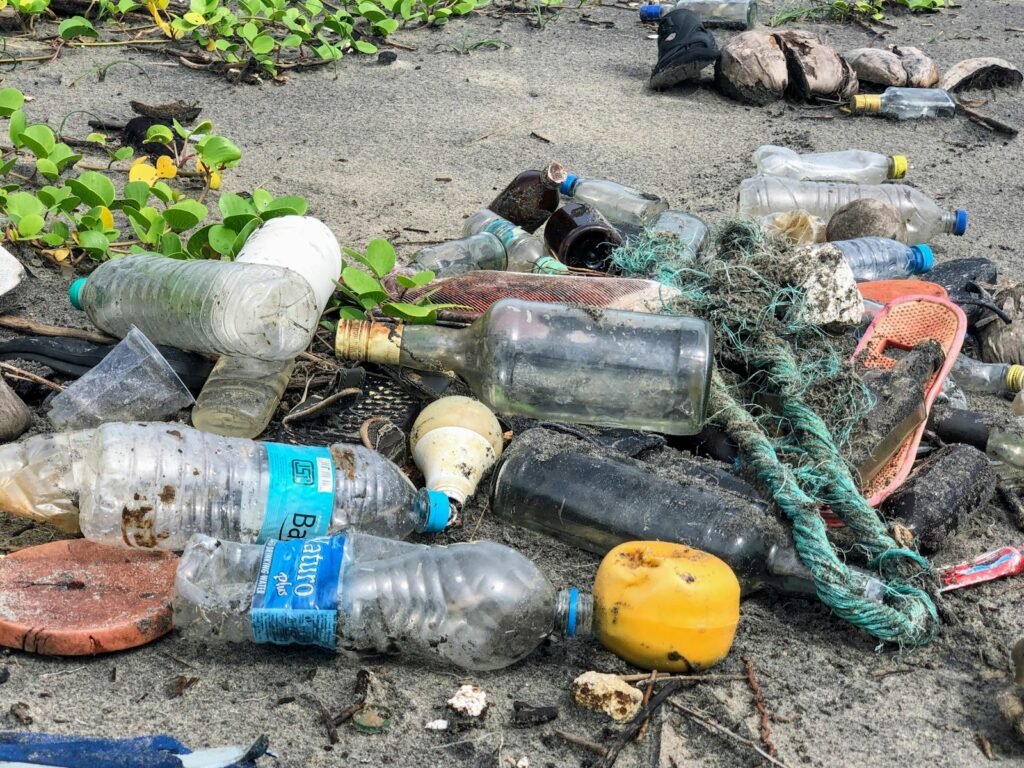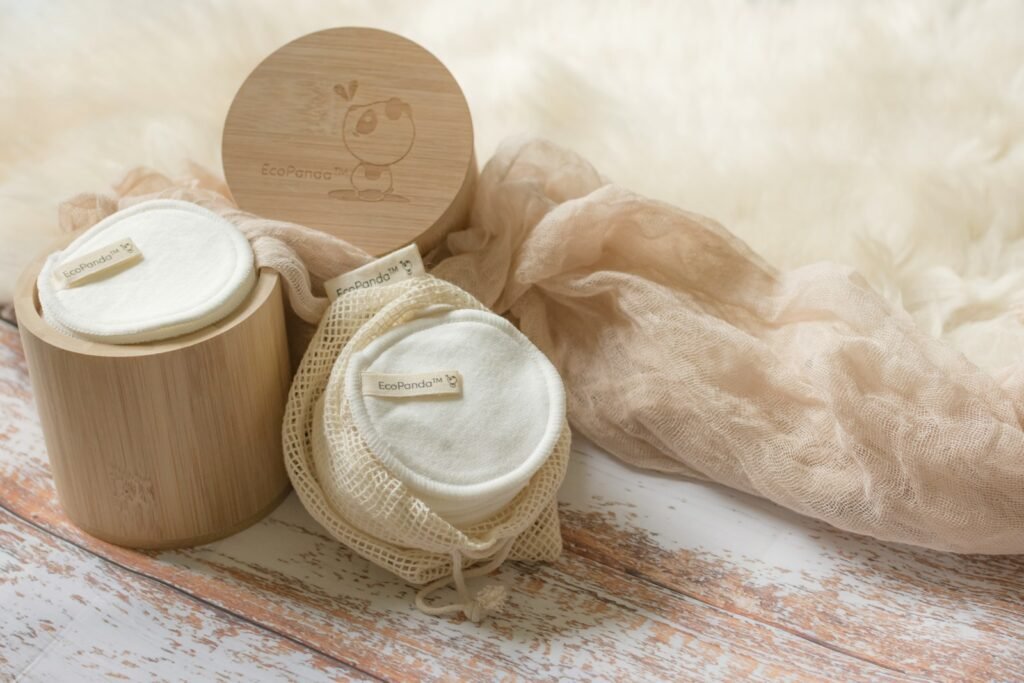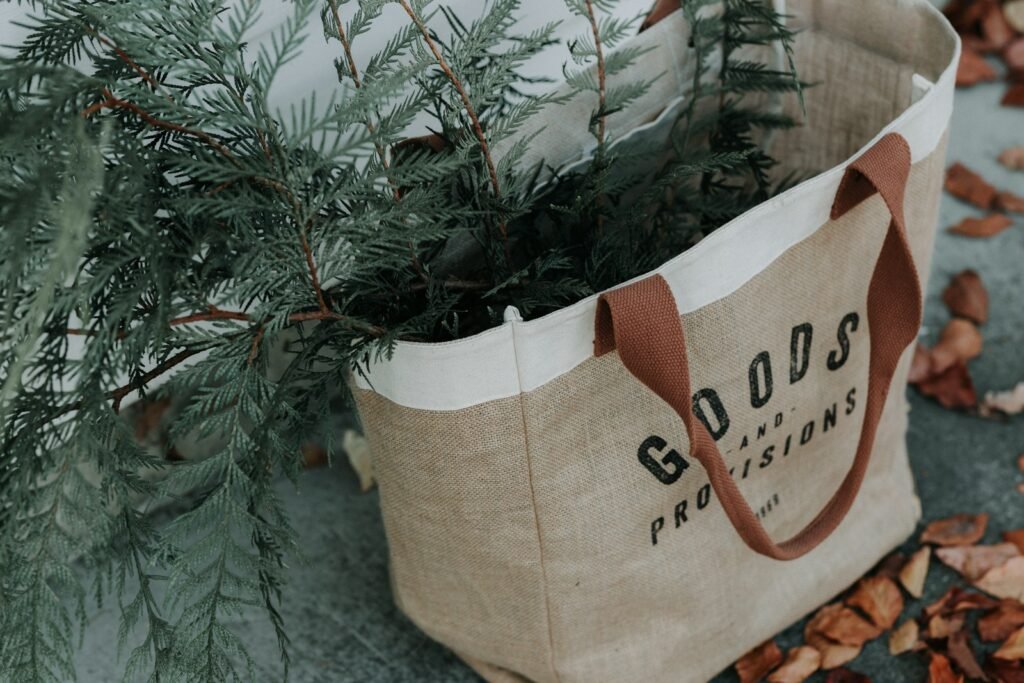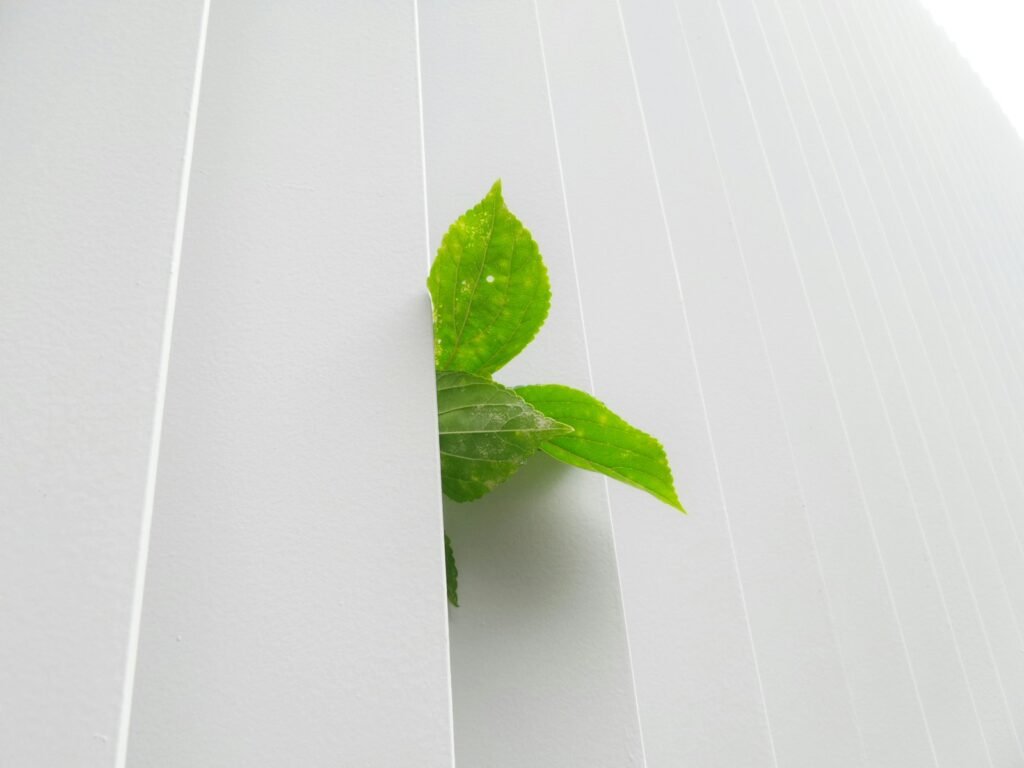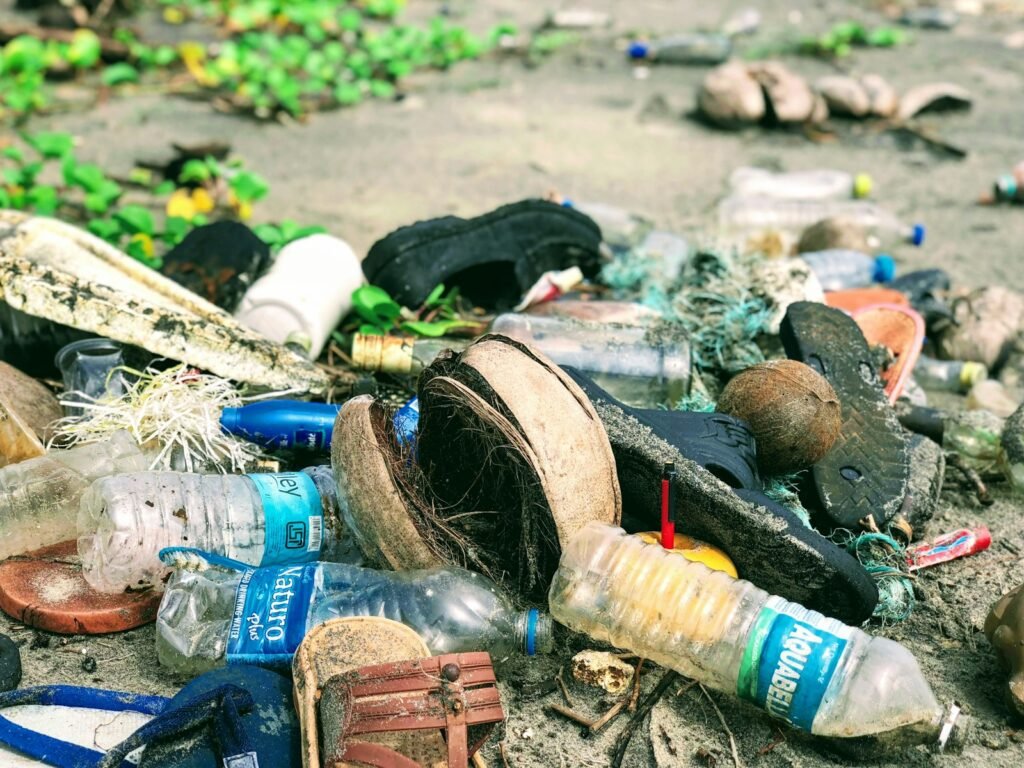Zero-waste living is more than just a trend—it’s a lifestyle that prioritizes reducing waste at every stage of consumption, from shopping and cooking to cleaning and personal care. While the term might sound intimidating, it’s not about achieving complete perfection; it’s about making small, sustainable choices that add up over time.
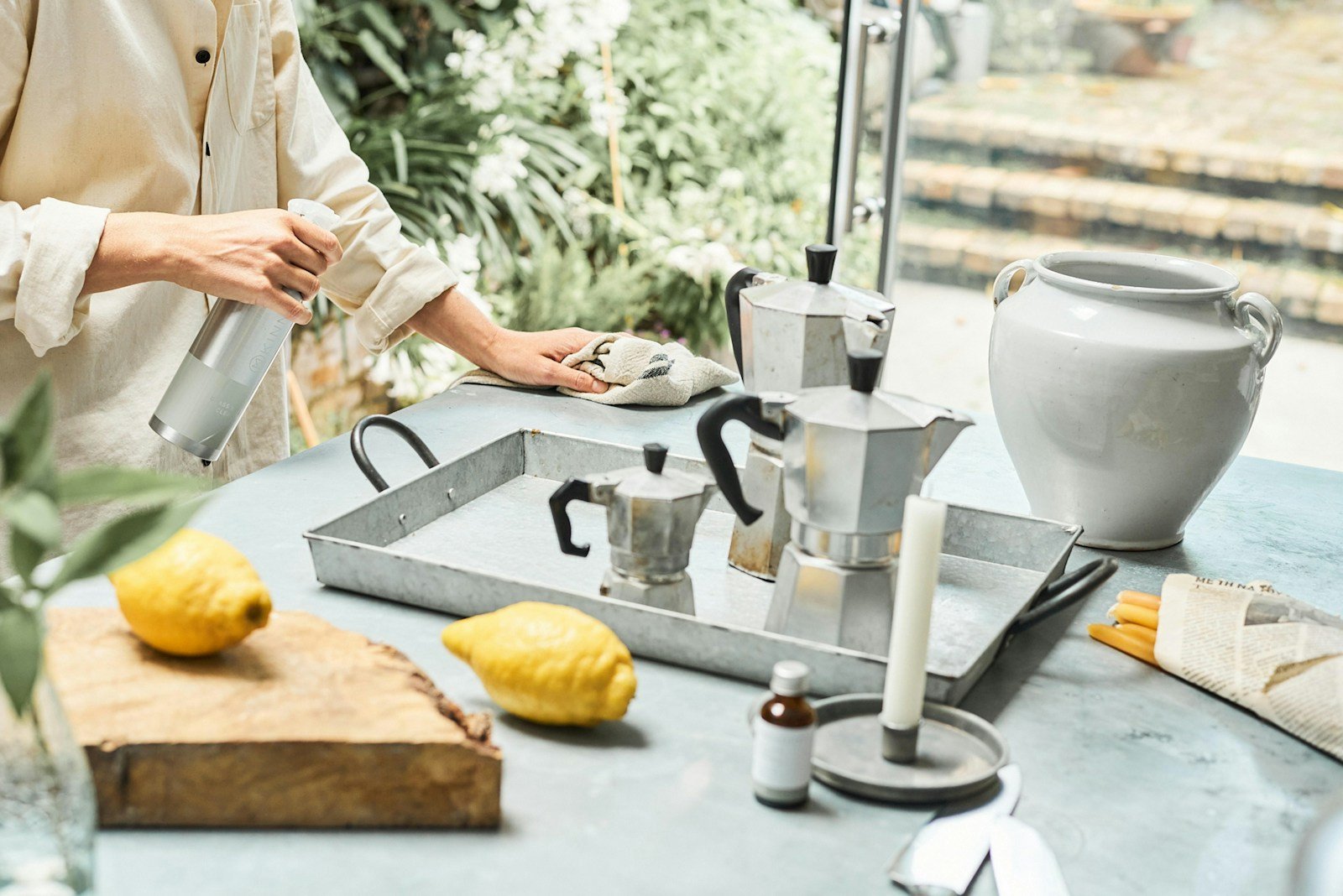
This approach helps reduce your environmental footprint by minimizing landfill contributions and conserving natural resources. Additionally, cutting back on single-use items often leads to long-term financial savings and a more mindful way of living.
Preparing for the Week: Mindset Matters
Before diving into any new routine, it’s important to set realistic expectations. Zero-waste doesn’t mean eliminating all waste overnight—it means making progress every day. Start by decluttering your space and identifying areas where you can make small changes.
Gather a few essential reusable items such as cloth shopping bags, stainless steel water bottles, and glass food storage containers. These will be your allies in the coming days. Also consider downloading apps or using tools that help track your waste reduction goals and offer tips for sustainable living.
Day 1: Audit Your Waste
The first step toward a zero-waste lifestyle is to understand where your current waste is coming from. Take a look at your trash, recycling bin, and compost pile (if you have one). Note which items are the most common—plastic packaging, food scraps, or single-use products.
This audit will give you a clearer picture of what changes can make the biggest impact. Use this information to set specific goals for the coming days and identify areas where you can replace disposable items with reusable alternatives.
Day 2: Grocery Shopping with Purpose
With your reusable items packed and ready to go, head out to the grocery store with a plan. Make a list of what you need and focus on buying in bulk when possible. Many stores offer bulk bins for grains, beans, nuts, and other pantry staples—just bring your own containers.
Avoid pre-packaged products whenever you can by choosing loose produce or items that come in paper or glass packaging. Remember to bring your reusable bags and any jars you may have for storing leftovers or taking home bulk purchases.
Day 3: Kitchen Revolution – Reduce Food Waste & Plastic Use
On this day, focus on how you handle food at home. Meal planning is a great way to reduce both food waste and the number of single-use items you bring into your kitchen. Plan meals that use up ingredients you already have, and batch cook when possible.
Switch out disposable items like plastic wrap and aluminum foil for eco-friendly alternatives such as silicone bags or beeswax wraps. If you’re not composting yet, now is a great time to start—set up a small bin in your kitchen and learn the basics of what can be composted at home.
Day 4: Clean Green and Declutter with Purpose
Cleaning doesn’t have to involve harsh chemicals or plastic packaging. This day is about making your cleaning routine more sustainable by using natural, homemade solutions like vinegar, baking soda, and castile soap. Refillable bottles are a great way to avoid single-use spray bottles.
As you clean, take the opportunity to declutter with purpose. Sort through items that no longer serve you—donate what can be reused, recycle appropriately, and dispose of the rest responsibly. This step helps reduce clutter and makes space for more sustainable habits moving forward.
Day 5: Personal Care – Ditch the Plastic
Your personal care routine is another area where small changes make a big difference. Many skincare and body care products come in plastic packaging that ends up in landfills after one use. Replace these with refillable or bulk options, or consider making your own natural products at home using simple ingredients.
For daily essentials like toothpaste or deodorant, look for packages that are recyclable or opt for bar versions that have less packaging. This change not only reduces plastic waste but also supports companies committed to sustainability and ethical practices.
Day 6: Sustainable Fashion & Shopping Habits
Your wardrobe is another place where zero-waste can be applied. Fast fashion contributes significantly to environmental pollution, so consider repairing clothes instead of replacing them when they start to wear out. Learn basic sewing or patching techniques that will extend the life of your garments.
When shopping for new items, choose secondhand options or look for ethical brands that prioritize sustainable materials and fair labor practices. Shopping with intention helps you build a closet filled with pieces you truly love and use long-term.
Day 7: Reflect and Refine Your Routine
Now that the week is over, take some time to reflect on your progress. How did your new habits feel? Were there any challenges or unexpected successes along the way?
Use this day as an opportunity to adjust your routine based on what worked well and what didn’t. Set realistic goals for the following weeks and keep track of your progress using a journal or digital tracker. Celebrate each small win—you’re making a real difference, one step at a time.
Keep Going with Purpose
Starting a zero-waste lifestyle doesn’t have to be overwhelming. By focusing on simple changes over the course of just one week, you’ve already taken meaningful steps toward reducing your environmental impact and living more mindfully.
Remember that every small action adds up, and consistency is key. As you continue on this journey, stay open to learning new tips and techniques that fit your lifestyle. You’re not alone—millions of people around the world are making similar choices for a healthier planet.
